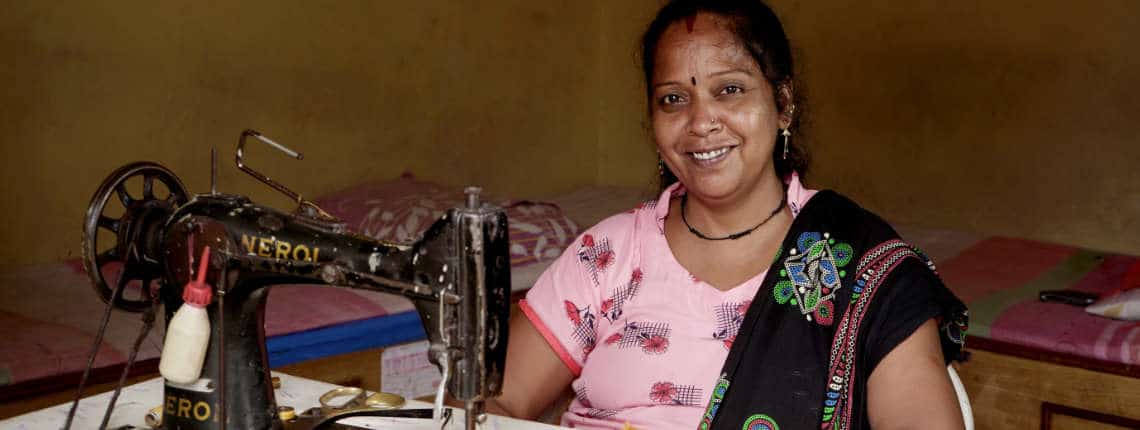Home-based workers are often located in informal settlements. The housing units tend to be small and crowded with little natural light and ventilation, limited or no access to water and sanitation, and little or no security of tenure. The poor quality of habitat has a direct bearing on the productivity of home-based workers, as well as the health and well-being of the workers and their households.
WIEGO has mapped home-based work in Delhi, and what this means for planning and policy in the city. We aim to find, support and document livelihood-enhancing urban regulations, housing and settlement design, and city planning. This is with a view to support organizations of home-based workers in advocacy and interventions, as well as architects, urban designers and planners committed to inclusive practices. We work closely with the Mahila Housing Trust, which works to improve the quality of habitats in poor informal settlements in Indian cities.
